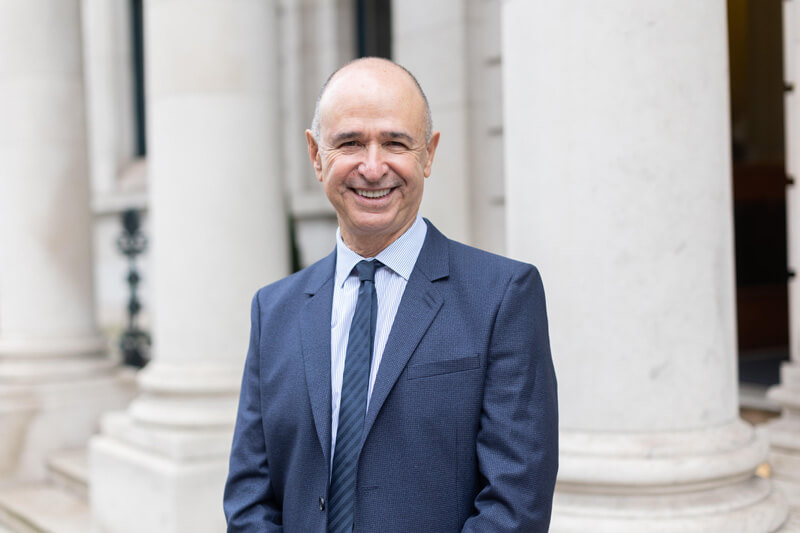
As we contemplate the challenges facing healthcare delivery in the year ahead, we can become daunted by the enormity of the wicked problem of trying to match supply and demand, while at the same time being person centred and safe, writes Dr. Pater Lachman.
It is easy to become despondent as a result, and to conclude that healthcare cannot be delivered as we would want it to be, i.e., delivered to all who need it, when they need it and how they want it.
This was a major issue during the COVID pandemic in which person-centred care became more difficult to deliver, as protection from infection was paramount. If one reads newspapers or listens to politicians one may think that the quality and safety of care in Ireland is far worse than it is in other places. We know that many fine people work in our health service delivering high quality and safe care, despite the constraints they may have. In the main, the quality is good and continues to be improved.
I think we should reflect on positive news and not only on the challenges that we face. In 2021, the Global Action Plan for Patient Safety, was accepted by the World Health Assembly at the start of the patient safety decade. The COVID-19 pandemic delayed implementation due to the major stresses on the health systems worldwide. If you are in the midst of clinical care and as managers in facilitating the delivery of care, it can be difficult to know whether the care provided is as safe as the best in the world. If we are a glass half empty people we assume the worst. Therefore, it would be important to have some baseline measures to see the current state of patient safety. There are several reviews of the quality of care, for example OECD reports, EU reports and surveys from the Commonwealth Fund. However, none of these focus specifically on patient safety.
The Institute of Global Health Innovation at Imperial College, working with the patient organisation Patient Safety Watch, launched the interactive report Global State of Patient Safety 2023 in December. The report attempts to assess how different OECD countries are performing in patient safety. The challenge is collecting the data and working out how to compare the data across different contexts. Therefore, the report starts with four important metrics:
- Maternal mortality (deaths per 100 000 live births)
- Treatable mortality (deaths per 100 000 population)
- Adverse effects of medical treatment (deaths per 100 000 population), and
- Neonatal disorders (deaths per 100 000 live births).
If you look at the dashboard, the top ranking country is Norway. Ireland comes in at a respectable 7th place out of the 38 countries that were assessed. In addition, one of the case studies is based on the S.AF.E. -Situation Awareness for Everyone programme that the RCPI runs with the HSE. The report is only the start of understanding where there has been success in patient safety and where we need to do better. I recommend that you have a look at the report and dashboard, reflect on the messages it contains and contemplate to improve the safety of care in your context.
The report has three recommendations which we should observe. Firstly, we should develop a set of metrics that will allow for comparison and assessment across health systems. Secondly, we need to compile a global repository of successful interventions to be made available to all of us who work in healthcare. This is similar to the case studies. Finally, we must work in partnership with patients to facilitate the coproduction of safety. This is in keeping with the WHO new Charter on Patient Safety Rights, that is to be published soon, and the recent report from the OECD on how to engage patients in patient safety
All of as managers and leaders can play an important role to build on the success and to ensure that we start planning to move up in the ranking. Afterall, moving from place number seven to number one is achievable, if we believe we can do it.

